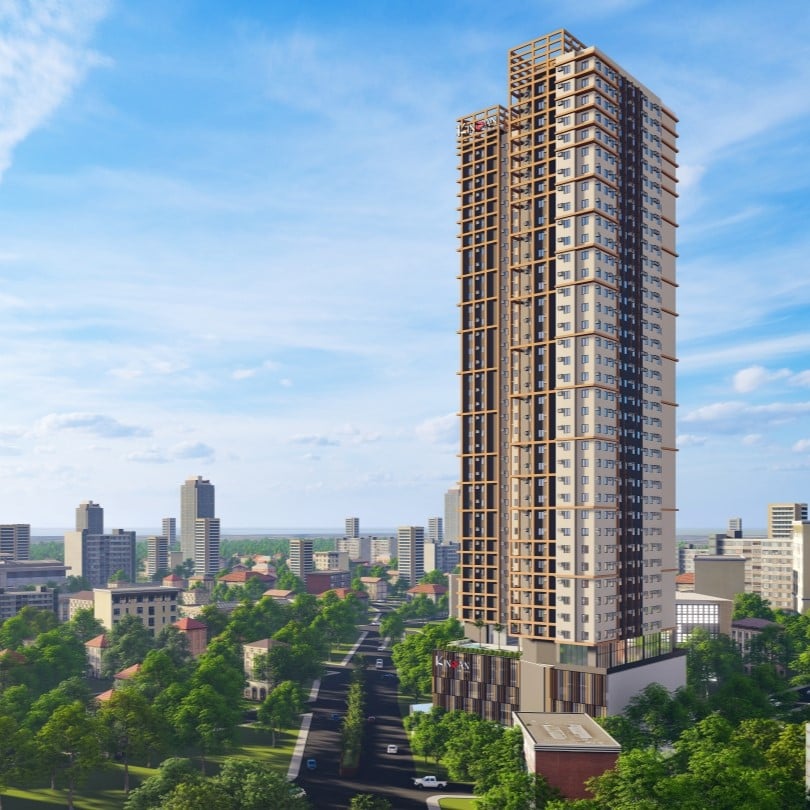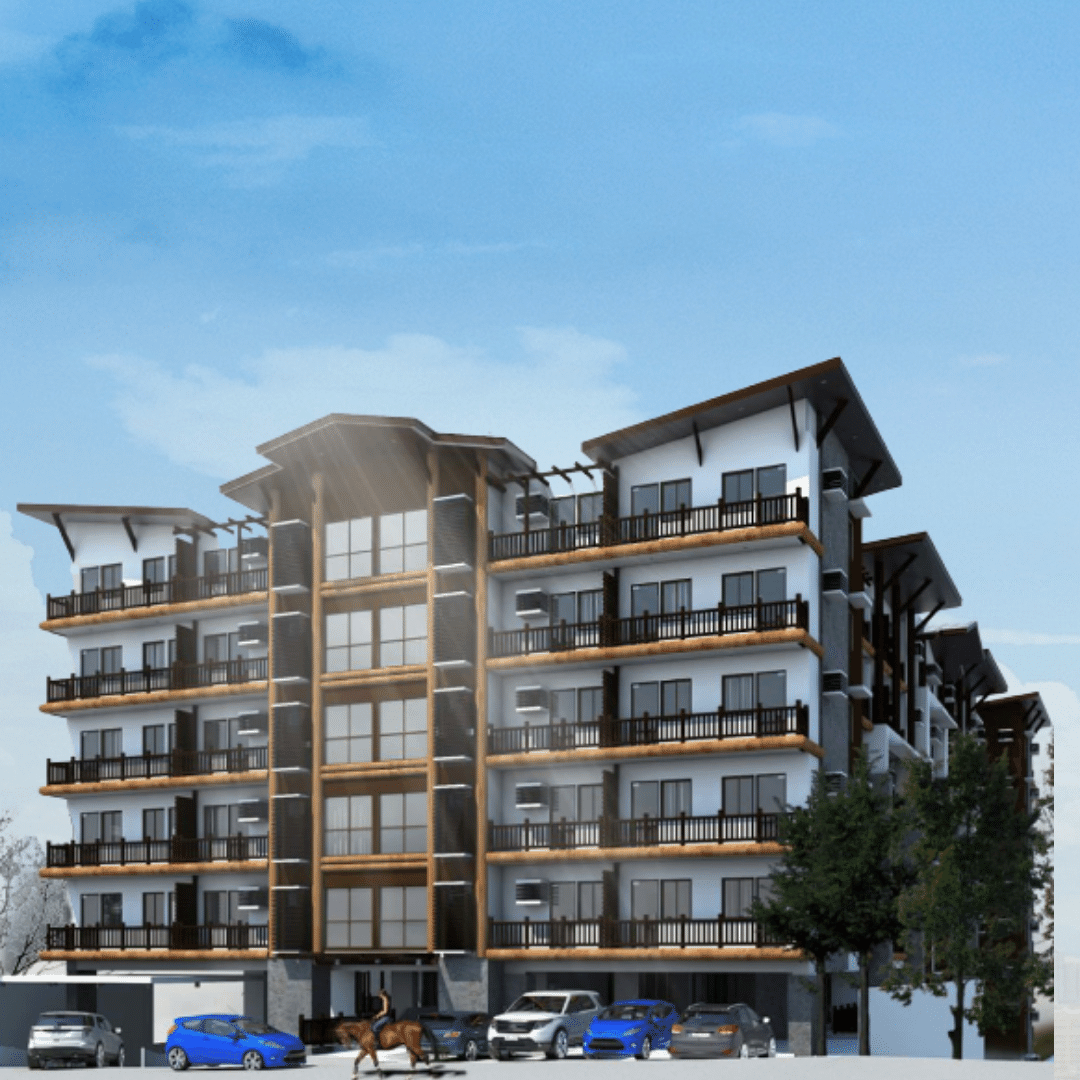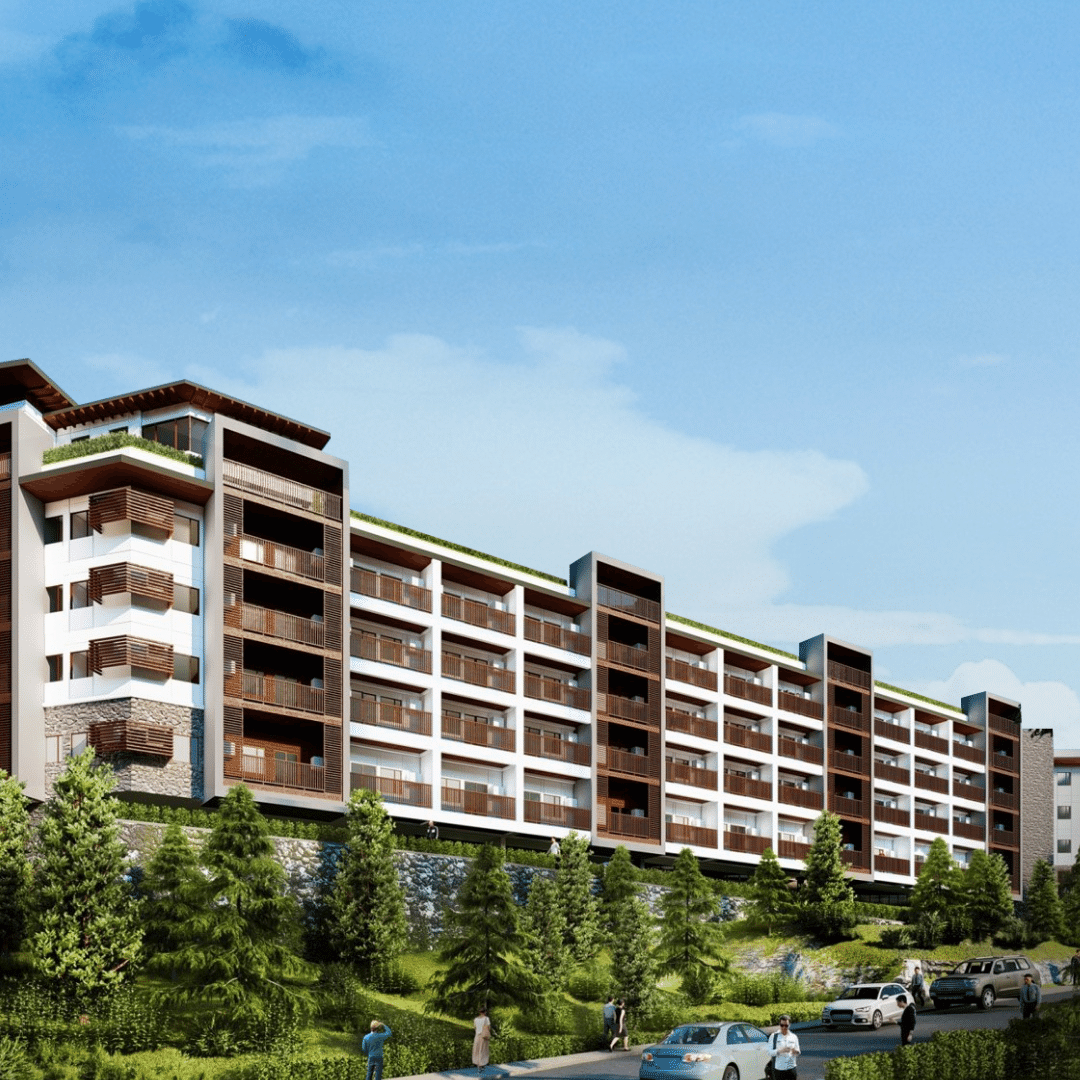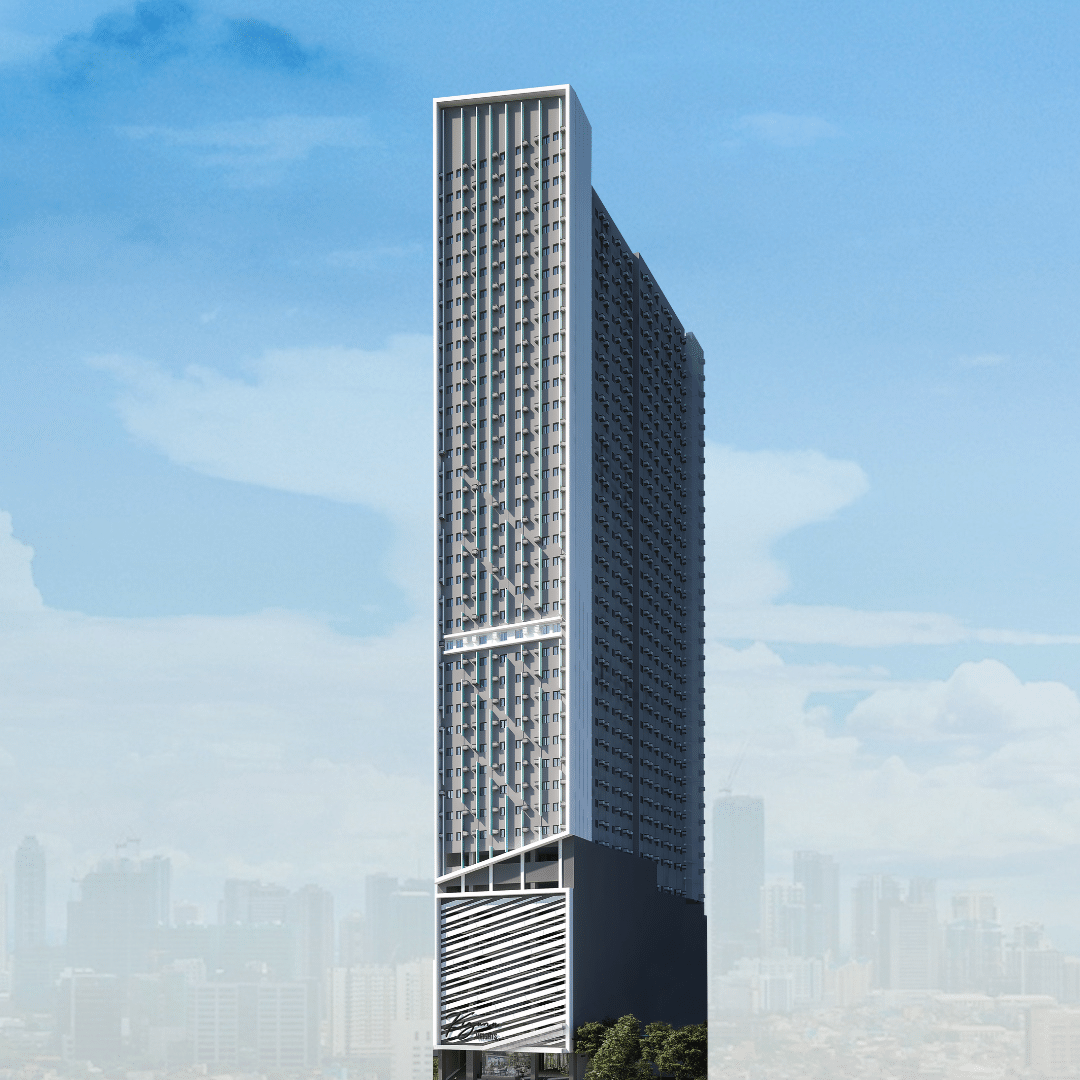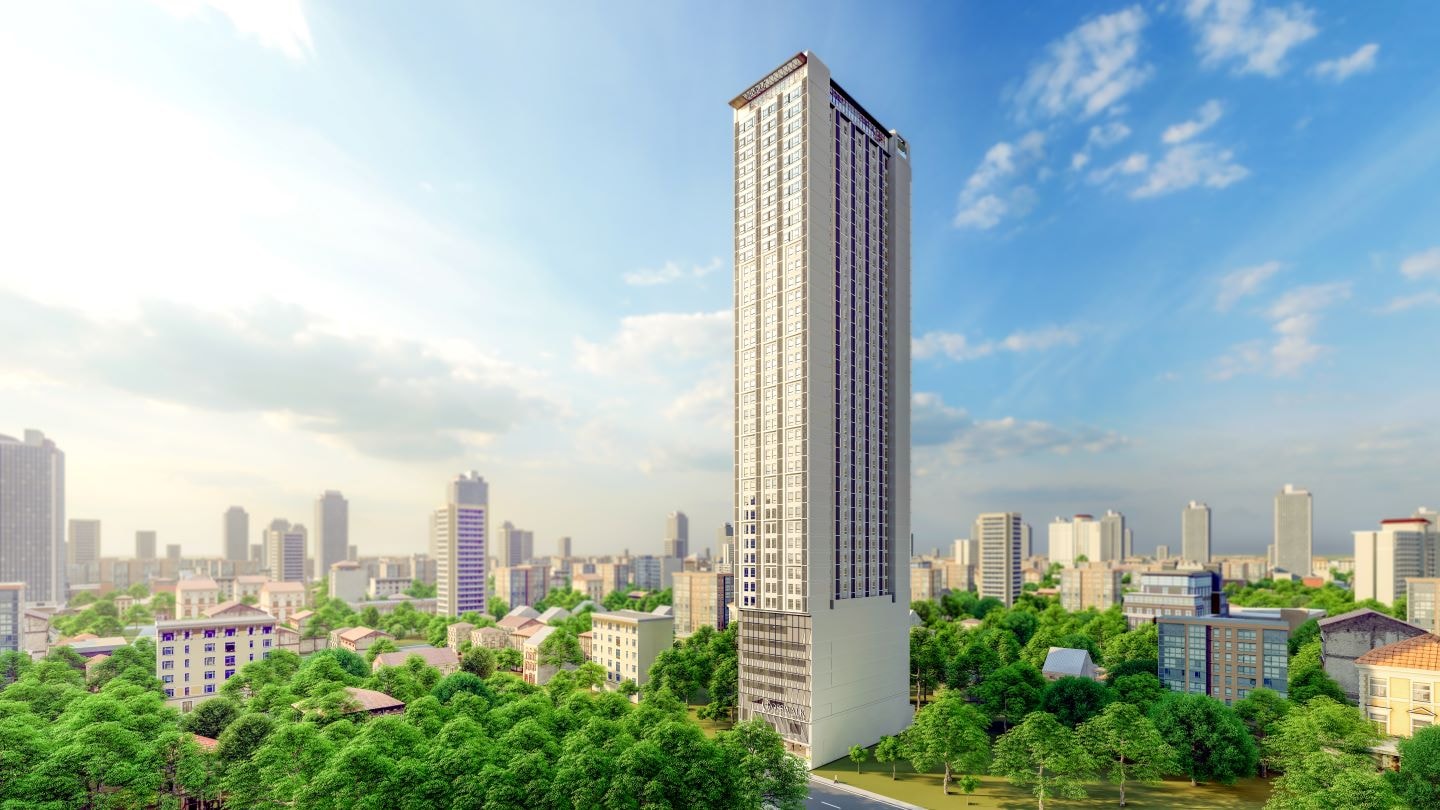The future of the Philippine economy is a pressing concern for every Filipino. We want to know if our economy is improving, whether there's hope for job creation, and how our region contributes to the nation's prosperity. With the target of being an upper-middle-income country by 2022, the country's 2023 GDP is on everyone's agenda. This blog post will explore how each region performed and contributed to the Philippines economy.
What is Gross Domestic Product (GDP)?
Gross domestic product (GDP) is the measure of a country's economic output. It reflects the market value of all goods and services produced in a country over a certain period of time and is used to measure the size of an economy and its growth rate.
What Is the Philippines' GDP Per Region?
The GDP per region is the amount of economic output per region in the country. The Philippines' National Statistical Coordination Board (NSCB) divides the country's regional economies into three groups: Luzon, Visayas, and Mindanao.
Based on the data from the Philippine Statistics Authority (PSA), the National Capital Region (NCR), which includes Metro Manila, is the primary contributor to the country's GDP at 31.9%. The NCR is followed by Calabarzon (14.8%), Central Luzon (10.7%), and Central Visayas (4.5%). Overall, Luzon's contribution is at 71.7%, Visayas at 13.5%, and Mindanao at 14.8%.
Factors Affecting GDP Growth Per Region
There are several factors that affect the GDP per region. One of these factors is geography. The regions with the most access to natural resources, such as mineral resources, agricultural lands, and fishing grounds, have higher economic output. For example, Region IV-B (MIMAROPA) is one of the top producers in the agricultural sector, being a major source of palay, coconut, and fruits. As a result, it is one of the fastest-growing regions, with the highest per capita income in Mindoro and Palawan.
Infrastructure
Infrastructure, such as transportation and technology, can also affect a region's GDP. Regions with well-developed infrastructure can easily transport goods and services, making businesses more efficient and cost-effective. Calabarzon has excellent infrastructure with numerous road networks and rail lines, which makes it the hub for trade and commerce in the country. Rising public infrastructure spending in the region has led to an increase in its economic output.
Labor Market
The labor market and services sector can also be driving forces in a region's GDP. Regions with a well-educated and skilled workforce have better chances of attracting more businesses and job opportunities. Regions with higher education levels, like the National Capital Region and Western Visayas, have more high-value jobs, such as management and professional services, making them the top economic contributors in their respective areas.
Government Policies
Government policies can also affect a region's GDP. Investment in industries like tourism, agriculture, and manufacturing can boost a region's economy. The government has implemented programs such as the Priority Development Assistance Fund and the Pantawid Pamilyang Pilipino Program to help ensure equal development in the different regions of the country.
Rising global commodity prices
Rising global commodity prices can also affect a region's GDP. Regions with higher exports, such as Central Visayas, benefit from the increasing prices of agricultural products like coffee, bananas, and pineapple.
Local Food Supply Constraints
Local food supply constraints can also have an effect on a region's GDP. Regions with limited access to water and fertile soil may suffer from poor agricultural production. This can lead to higher food prices, which can further reduce the region's economic output.
How Real Estate Per Region Impacts Economic Growth in the Philippines
Real estate is an essential element in the GDP growth of any economy, and the Philippines is no exception. As a country rich in natural resources and booming infrastructure, the real estate market plays a pivotal role in the economic growth of the Philippines. However, the impact may differ among the various regions of the country.
1. Real estate in Metro Manila
Metro Manila is the largest and most populous region in the Philippines and is considered the central hub of business and commerce in the country. It's no surprise that the real estate industry plays a significant role in the country's economy. Real estate properties in Metro Manila are among the most expensive in the country, as it is where the demand is highest. Furthermore, being home to the country’s major industries and business centers, its real estate market is the driving force behind the country's economic GDP growth.
2. Real estate in Cebu
Cebu is another region in the Philippines that greatly benefits from real estate. It's not only famous for tourist attractions but has also become one of the major commercial centers in the country. Its real estate industry is thriving because of its growing economy, with many investors flocking to this region to meet the needs of both locals and tourists, from building high-end condominiums to developing top-class commercial centers. Cebu's real estate industry creates various job opportunities in the region, from construction to home care, thus contributing to the region's overall strong growth momentum.
3. Real estate in Davao
Davao is also a developing region in the southern part of the Philippines with a rapidly growing real estate industry. It's not only famous for its fresh produce but also for its booming infrastructure and tourism. Davao is home to various large industries and export zones, thus creating a high demand for real estate properties. The growth in demand contributes to the continuous development of the region's real estate industry, making it a crucial contributor to the overall economic growth of the country.
4. Real estate in Iloilo
Iloilo is a province in the Western Visayas region that is slowly attracting investors to its real estate market. It is one of the fastest-growing regions in the Philippines, with a thriving business and tourism industry. Iloilo's real estate industry is mainly focused on building commercial and residential properties. As a result, it provides job opportunities for locals in the construction and hospitality sectors, thus contributing to the region's overall GDP growth.
5. Real estate in Baguio
Baguio, a known tourist destination, is also a proving ground for investments in the northern part of the Philippines. Its real estate sector has recently boomed with the growing number of tourists looking for properties and accommodations. The demand for real estate properties in Baguio City includes high-end apartments, commercial buildings, and hotels. By leveraging its natural resources, strategic location, and fast-growing tourism industry, Baguio’s real estate sector can contribute significantly to the northern region’s economic growth.
2023 GDP Per Region Projections
As of 2020, the Philippine economy is projected to reach a GDP growth rate of 7.3% in 2023, according to the World Bank. This means that each region will play a key role in achieving this growth rate. The data from the PSA shows that the National Capital Region and Calabarzon are expected to continue being the country's top economic contributors, with a combined share of 46.7%. Luzon's contribution is projected to remain at 71.7%, Visayas at 13.5%, and Mindanao at 148%.
The growth of the Philippine economy is heavily dependent on its real estate industry. The improvement in each region's economic performance will depend on the investments made in its real estate sector. With Vista Residences, you can be part of the Philippine economy's growth and benefit from it. Our developments are strategically located to provide ample opportunities for investors and end-users.
Whether you want to purchase a residential property or an office building, Vista Residences will help you find the perfect investment for your needs. So, take advantage of this opportunity and invest in real estate to get a piece of the Philippine economy's growth. Trust Vista Residences and get the best returns on your investments.
For more information on Vista Residences, email [email protected], follow @VistaResidencesOfficial on Facebook, Twitter, Instagram, and Youtube, or call the Marketing Office at 0999 886 4262 / 0917 582 5167.

